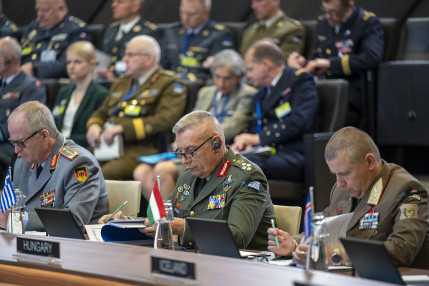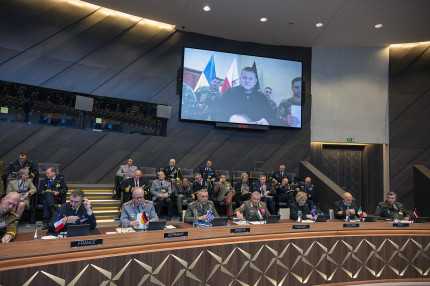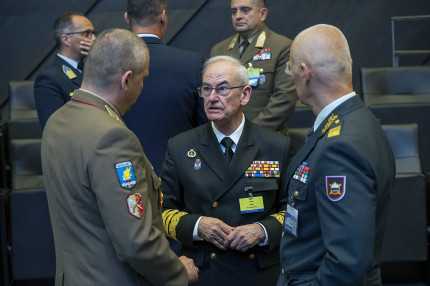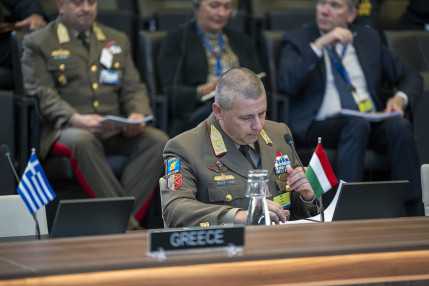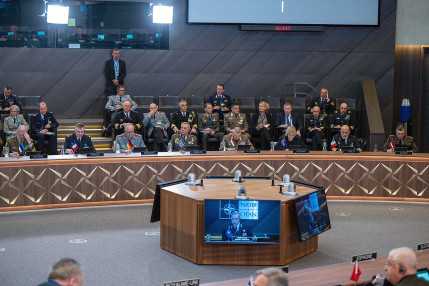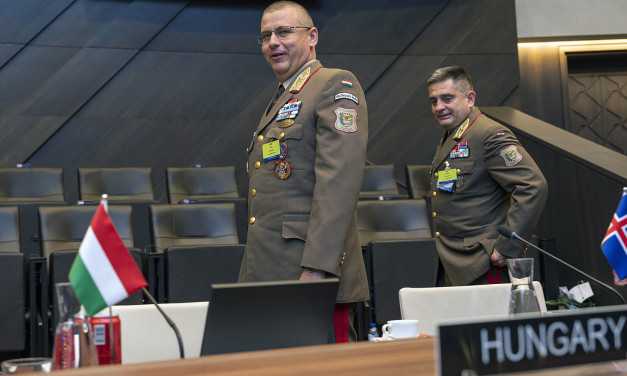Chiefs of Defence of the EUMC and the NATO Military Committee meet in Brussels
Text: Hungarian Defence Forces Command | Photo: NATO, EU | 15:42 May 20, 2022Chiefs of defence of the European Union Military Committee and the NATO Military Committee met in Brussels on 18–19 May. Hungarian Military Representative Lieutenant General Gábor Böröndi PhD attended the meeting of the EU Military Committee on Wednesday, while Lieutenant General Romulusz Ruszin-Szendi PhD, Commander, Hungarian Defence Forces the NATO Military Committee in Chiefs of Defence Session on Thursday.
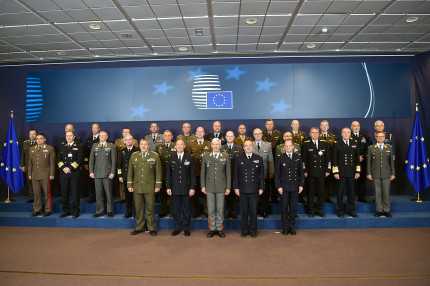
The participants of the EU Military Committee meeting at Chiefs of Defence level discussed, among others, the various EU initiatives in support of Ukraine and the potential effects on the future of the Common Security and Defence Policy (CSDP) operations and missions as well as the options for rapid military responses to potential future crises, including ways for the establishment of a European Union Rapid Deployment Capacity (EU RDC).
Besides the above, the chiefs of defence also discussed how to strengthen the multilateral partnership with NATO, the UN and other international organizations, and the possible directions in developing bilateral partnerships. Also high on the agenda was the status of Common Security and Defence Policy operations and the EU training missions, for example that of the EU-led missions in Africa and the Western Balkans.

On Thursday, The NATO Military Committee met in Chiefs of Defence format, where the Hungarian Defence Forces were represented by Lieutenant General Romulusz Ruszin-Szendi PhD, Commander, Hungarian Defence Forces. At the start of the meeting, NATO Secretary General Jens Stoltenberg outlined the important tasks ahead of the Alliance. The chiefs of defence were briefed on the current state of the Ukraine conflict, the needs of the Ukrainian side and the possible forms of support. In what followed, General Tod D. Wolters, Supreme Allied Commander Europe (SACEUR) spoke about his ideas of the medium- and the longer-term military postures of the Alliance. For the first time in NATO’s history, the changes in the strategic environment have necessitated the invitation of the Asia-Pacific partners so that they can together discuss the current and future challenges of the Indo-Pacific region. The development of military tools and equipment to contemporary standards is very important to the Alliance, so a separate session was devoted to it, during which NATO Supreme Allied Commander Transformation (SACT) General Philippe Lavigne briefed the military leaders of the member states on the topic.
Galéria
